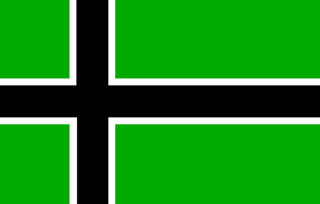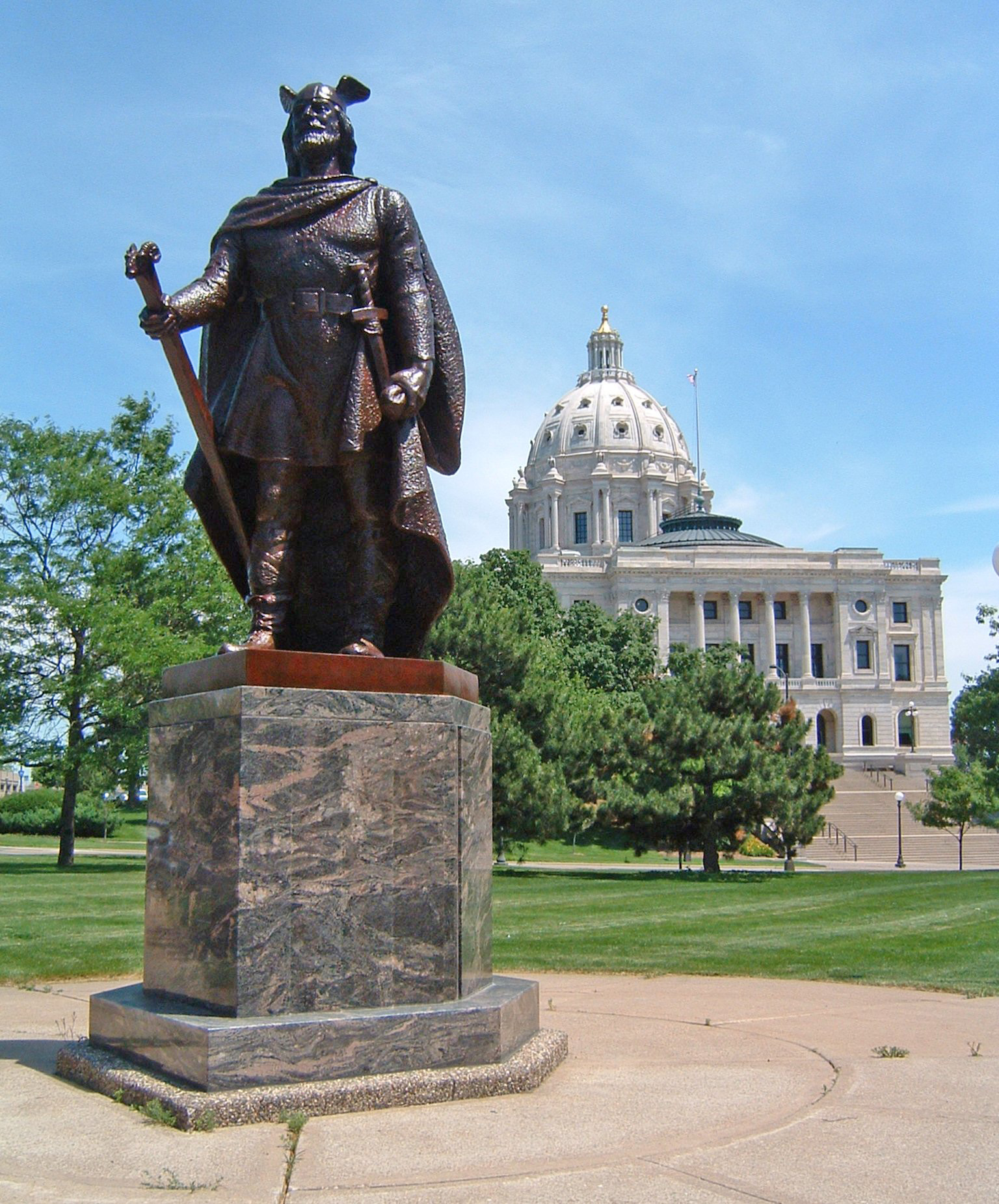
One aspect of what could roughly called the world Langbardian/Padanian awakening is the religion of Odinism. Also the similar religion of Ásatrú, and other offshoots. Comunità Odinista (Odinist Community) is a religious organization, based in Northern Italy, which was formed in the early 90s I believe. There has been some revisionist research by university scholars that concludes that the larger percentage of Lombards were pagan rather than Arian Christians. We will post information about that later, not that it's especially important. However, the Lombards were relatively unaffected by Roman civilization. That would mean that they were basically Odinists. Also, likely were many of the Ostrogoths and other Germanic tribes who invaded the region. The Lombards were the only one which stayed permanently however.
In this posting, I will be bouncing all over the place, admittedly, but this subject has many trains of thought. I think that it's important sometimes to dive into a subject, rather than spend a long time to lay it out in a perfect sequence. The Odinic Rite is an organization which has taken Odinism and refined it to a point where it can be defined better and presented in a proactive manner. I think that they have done a good and honorable job, as has Comunità Odinista. Any criticisms that I may bring up has absolutely nothing to do with those two organizations or any of their offshoots.
When one looks at the Odinist/Ásatrú landscape today, there are a lot of problems. Pragmatic problems which are probably unsolvable. First off, any reputable Odinist group will adhere to the idea that Odinism is for anyone of European descent. As we have covered in earlier postings, the runestones were originally Etruscan in origin, passed onto the Germanic tribes via the trade routes. These tribes worshipped Greek and Roman gods, like Mercury. The Greeks, and mainly Romans, had colonized many parts of Northern Europe, and influenced them. Admittedly, the Romans often "conquered" their subject territories in wars of expansion. Not just administratively, but in terms of culture. For example, the deconstruction of the native pagan religions. In relation, the early Romans had destroyed their kindred Etruscan civilization. Almost like a nation eliminating it's own sovereignty to go global, or "empire."
Nordic/Germanic/Teutonic tribes conquered almost every part of Europe at one time or another, so Odinist faiths were practiced far and wide at different times. My point is that there is no real basis at all for Odinism being a Nordic-only faith. It also isn't universalist either. It's a native European religion, whose original origin was in Scandinavia. It's like Celtic heritage. No one culture can make a full claim to it, as the Celts spread far and wide. We still are learning about how they influenced many regions that we would never associate with Celts, like Turkey. Celts were living in Northern Italy and Spain long, long before they migrated to Ireland or Scotland.
Secondly, Odinism is not universalist. It's similar to Shintoism. Shintoism is NOT for non-Japanese. Thirdly, Odinism is NOT a political construct. It's a faith-based and folk-based construct. As the slogan goes: "Faith, Folk, Family." Now looking at this whole landscape, we see a strong breech of all of these innate surface realities. For example, there are many "universalist Odinists," probably coming via the new age movement, attracted by this particular religions' fondness for nature, but who have no respect for it's crystal clear folk-based beliefs. Also, the "opposame" (in this case, two anti-thesis camps) to that group is the "politically-minded Odinists." This group uses Odinism and it's symbology to make strong statements about racial issues, which affects the ability of everyone else to adhere to this faith. These two symbiotic camps are a big detriment to the religion, as both probably should not even be Odinists in the first place. There's even a smaller minority of people who believe that Odinism should only be for Scandinavian or Nordic people, even though some of these people look less so than I do. So in conclusion, even though a firm logic-based consensus has already been clearly established, there are these large problem areas.
Outside of that, most Odinists are great people who merely want to practice their folk-based faith. By no means am I making any statement specifically and intrinsically about Odinism, Ásatrú, or the vast majority of their practitioners. However, we're no outsiders here, as Odinism is part of our lineage. This isn't a "judgement," but just a realistic assessment of the present situation. I realize that I've probably stepped on a few toes here, but my intention was not to be negative. In fact, I have made no mention about any of the finite aspects of the faith.
Hopefully we can cover Odinism and the pagan beliefs of the Etruscans, or any faiths of the other historically Padanian peoples. Here I am, about to throw in another negative, but there are many non-Italian people who have taken what historians and archeologists have learned about Etruscan spirituality, and claimed it as their very own! Now this is OUR culture, so we need to take a good look at that. I'm not talking about the Etruscan Foundation, or any historical or archeological institutions, but only new age universalist interests. "New Age" is a politically-driven movement, and therefore shouldn't be any slander to any pagans out there.
Lastly, I would like to mention that Comunità Odinista has offshoots in Germany, Argentina, Australia, and "Vinland" (North America). The American branch is called "Comunità Odinista - Vinland." I'm not sure if it's currently active. I know that Italy and Argentina are very active. Comunità Odinista follows a type of Germanic idealism, while he Padanian-American League adheres to the idea that we are a greater Etruria; not "Roman" as the Romans demolished the Etruscan culture. The red odal rune on the flag of Langbard is of Etruscan origin, as the runic alphabet was originally from the Etruscans, so there are both Lombard and Etruscan components to the flag. What it boils down to is that the Lombards administratively united the land of Etruscan civilization. Lombard might, and Etruscan genius. I know I'm rambling on, but we should at least honor Odinism in a cultural sense. YouTube has many good Odinist and Ásatrú videos.
***************************************************************************
 Note: Leif Erikson voyaged to North America centuries before Columbus, and established a Viking colony on the eastern seabord of Canada for a time. The name "Vinland" was coined as a name for this colony, and a Scandinavian-style flag was invented for it. However, the colony was real, and based in fact. There is even a Vinland park in Newfoundland that people can visit. I looked through a library book once, entitled 'The Vikings and America' I recall, which is a good source of information regarding this subject. Below, a statue of Erikson, which presents him as a titanic figure.
Note: Leif Erikson voyaged to North America centuries before Columbus, and established a Viking colony on the eastern seabord of Canada for a time. The name "Vinland" was coined as a name for this colony, and a Scandinavian-style flag was invented for it. However, the colony was real, and based in fact. There is even a Vinland park in Newfoundland that people can visit. I looked through a library book once, entitled 'The Vikings and America' I recall, which is a good source of information regarding this subject. Below, a statue of Erikson, which presents him as a titanic figure.

No comments:
Post a Comment